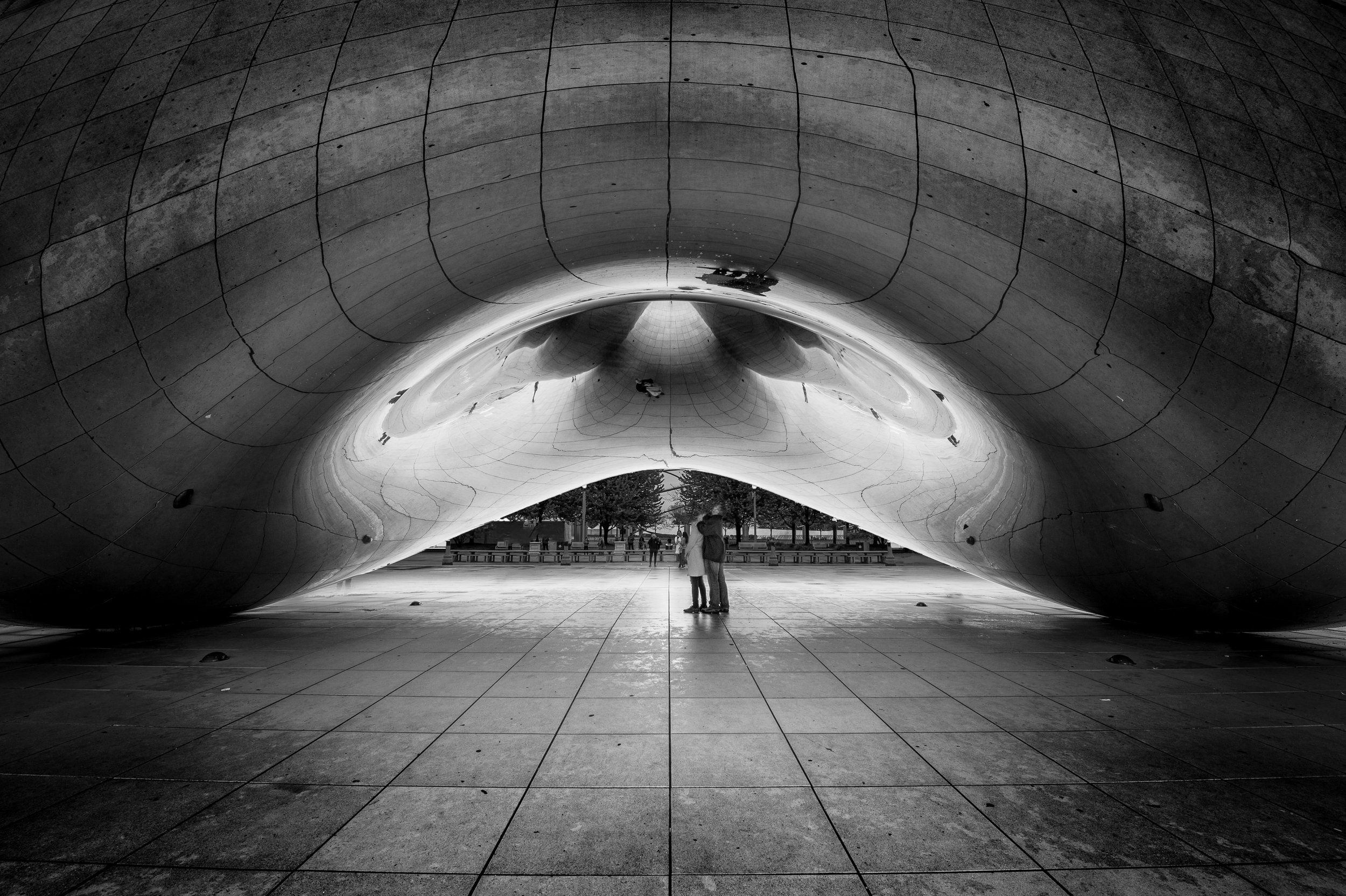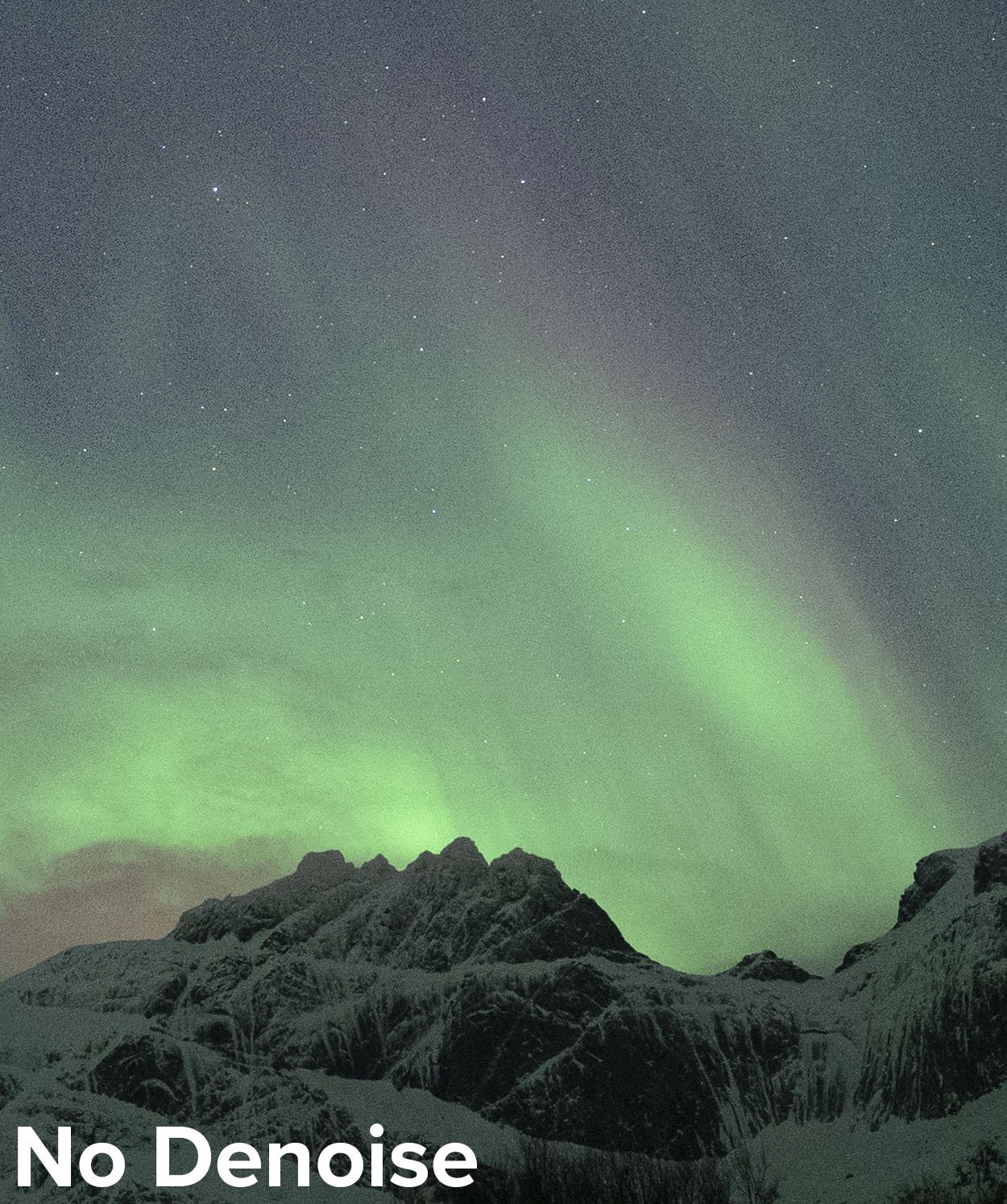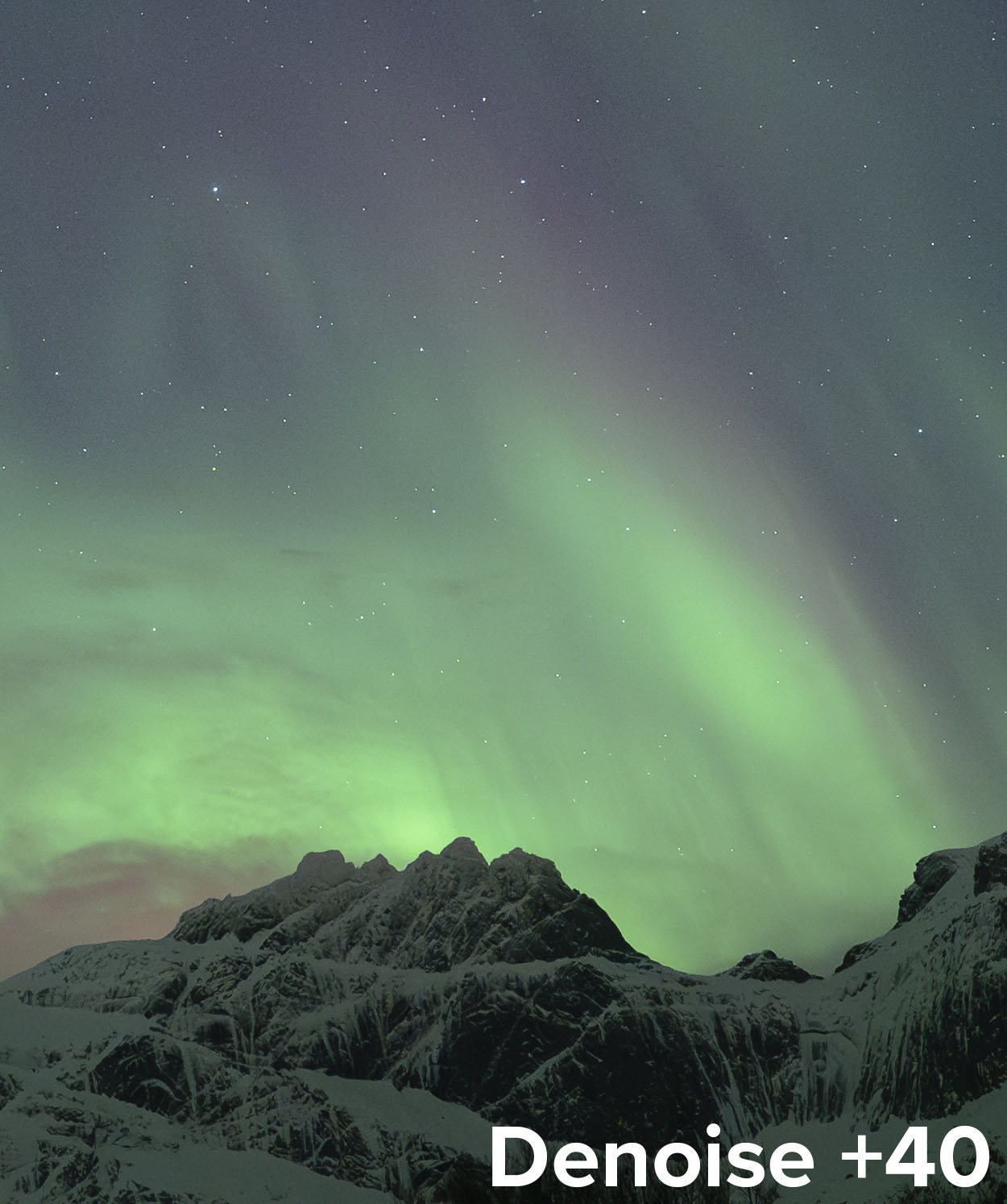What happens when 200 night-minded people converge in Kanab, Utah, for the Nightscaper Photo Conference?
Well, stellar things of course! And just like when we prepare for an epic night of photographing under the stars, unexpected happenings occurred that provided even more opportunities for us to “seize the night” with old friends and new.
Gratitude
Before we recap the 4 days and nights of Nightscaper 2023, we want to thank the 22 speakers who provided so much inspiration and education on a variety of topics, from deep space tools and techniques to more down-to-earth topics such as planning successful night shoots, tracking and processing panos, sculpting light, saving our stars, and the business side to kickstarting your night photography career.
Another thank you to our 20 sponsors that provided over 35 prizes and incredible hands-on opportunities to try out the latest products to help us reach for the stars:
Shawn from Canon printed attendees’ amazing night photographs.
Canon ImagePrograf was probably the busiest vendor, as Shawn was constantly printing free 18x24-inch prints on our new favorite paper, the Red River Polar Gloss Metallic, which made everyone’s stars really shine.
Peter from Shimoda showed the brand new Action X V2 bag for the first time in public, and everyone was eager to figure out which size fit their night kit the best.
Brenda from Calibrite offered free display calibrations.
Fotopro and Novoflex showcased a veritable forest of tripods for people to try.
Michael from Benro co-presented an engaging discussion about noise, including the influence of AI in cleaning up night images.
Erik from KelbyOne shared his epic rocket photography images and gave us even better insight about the best apps for predicting clear dark skies.
Clarence from Spencer’s Camera offered a course on how to get the most from astro-modified cameras.
David from Action Photo Tours walked attendees through a practical approach to creating time-lapses.
Bay Photo Lab came up huge by creating the most unique aluminum badge for all in-person attendees, while Patrick showcased a variety of surfaces for us to print our best night photos on.
Our friends at B&H Photo, Max and Michael, showcased the latest night-centric gear and of course offered those amazing B&H deals.
4 Days of Conferring
The 4-day conference schedule (May 18-21) included two tracks and over 30 classes for nightscapers to choose from. Determining which class to sit in on was a challenge at times, but knowing that all the sessions were being recorded for streaming replays allowed us not to suffer too much from the fear of missing out.
Beyond the education, the common through-line during the event was community. People from all over the world converged to “collab in Kanab” (thanks to Max for that turn of phrase!)—whether that was in between sessions, over the many meals we shared, or during the multiple night shoots that were organized by speakers and attendees. The weather was mostly cooperative for people to meet up and photograph the many sites around Kanab and the Grand Staircase-Escalante region.
Dan Zafra teaching tracked Milky Way panoramas.
One of the highlights of opening day was when we broke the fourth wall between the speakers and audience and offered a “Tales of the Night” session, where in-person attendees could share an image on the big screen, then stand up and take the mic to reveal the vision behind their photo. The variety of work shown sparked conversations as we found even more common bonds with our newfound family.
Another highlight was the Star Party we co-hosted with Amazing Earthfest and the International Dark-Sky Association (IDA) on the second night. Everyone enjoyed sharing the 10 telescopes locked in on key features in the sky, set up along a section of abandoned highway in the desert. Bettymaya Foote from IDA and Rich Csenge from Amazing Earthfest took us through twilight with demonstrations on what we can all do to limit light pollution in our hometowns and backyards. Starlink was “kind enough” to schedule their latest launch of satellites during the star party, which created many oohs and ahhs.
Gazing at the stars with Nightscaper Photo Conference, Amazing Earthfest and the International Dark-Sky Association.
However, we couldn’t have planned for one of the most unique night experiences ever. On the third night of the conference, the local power company scheduled a planned outage from midnight to morning so they could work on upgrades to the grid of several local counties. This included Kane County and Kanab, which most likely inconvenienced the 5,000 locals. But for the 200 Nightscapers in town, it was a golden opportunity to capture the Milky Way rising over Main Street.
This ended up being my favorite night, as I wandered the streets safely greeting Nightscapers and seeing what they were creating under such rare conditions. It made us dream of what a true IDA dark sky city would look like.
Milky Way and Main Street, Kanab 2023. Nikon Z 6II with a Nikon Z 24-70mm f/2.8 lens. 6 seconds, f/3.2, ISO 12800.
As it turned out, the updates to the grid still needed some fixing. The next morning, after about seven slides into my talk titled “Inspirations Beyond the Milky Way,” the power went out again. In the darkness with only a battery-powered spotlight shining on me and no images on the screen, I pivoted and told some of my own tales of the night. I tried to paint a picture of my favorite photos and adventures under the stars—stories that are of course similar to what many nightscapers have experienced. In the darkness of the room, I no longer felt like we were in a conference center, and I imagined what humans have been doing for many a millennia: telling stories under the stars. I could feel energy and love from our nocturnal family.
Night photography can be a solo sport, but at Nightscaper we discovered that we were not alone in the universe. We are united by a common passion and we have so much to learn from each other. We are still very young at exploring the night, but we are going to seize each and every moment.
Speaker Jess Santos working with an attendee in a portfolio review.
’Til Next Time
Whether or not you attended the Nightscaper Photo Conference, we are all connected. There is a comfort knowing we are not the only ones who have a passion for staying up to all hours of the night. We invite you to join the conversation either in the comments below or by tagging #nightscaperconference socially when you share your images and stories.
If you are interested in watching any of the replays from Nightscaper, you can still purchase a ticket here. The replays should be ready in about a week, and they’ll be available for streaming for 1 year after the conference ended.
We are already making plans for the next Nightscaper Photo Conference family reunion. Stay tuned to this blog for more!








